Northern Spain via campervan
We see a lot of the world traveling by sailboat. So far we've sailed probably over 15,000 nautical miles and we've visited 16 countries (I think?!), but we only see the perimeter of each country. (Except the Netherlands when we took the Standing Mast Route that allowed us to travel more inland.) We decided to rent a campervan/RV in northern Spain and travel east to the Rioja region. The kids' wish lists included seeing mountains, being cold, walking in forests, and spending time in the campervan listening to audiobooks. Not kidding. That's basically their top activity on the boat so I guess they wanted to see what it would be like doing the same in campervan? Don't mess with success. Hans and I wanted to see mountains and do some wine tasting and buying in the Rioja region.
Maiden's Cove
We left the boat at the marina in Cangas, just across the river from Vigo, and headed north past Santiago de Compostela. Freja saw an oceanfront cave on the north coast that was at the top of her list, so that was our first stop. It took a few hours to get used to driving and riding in the campervan. As a passenger I felt like Hans was going too fast and we were about to tip over at every curve. The kids complained about the seats (too hard, too upright), but they were able to read without getting carsick.
Maiden's Cave didn't disappoint. We had to crawl through a natural tunnel before we emerged in the cavern, the edge of which dropped straight down to the ocean. I'm bad at estimating heights, but I don't think a human would survive the drop. We were allowed to camp at the parking lot next to the beach, perfect. In retrospect it was one of our best campsites of the trip.
 |
| Hans and Freja trying to keep Matilda from falling off the edge. |
 |
| Teaching Matilda how to air/table drum. |
#campervan life
Spain is very friendly for campers. We used an app call Park4Night which is a user-driven app that provides locations of all things useful for campers: campsites, campgrounds, pump-out stations, laundromats, etc. We "camped" for seven nights and didn't pay for a single night of camping. Parking in a parking lot (for example one night we parked in a lot at a trailhead in a national park), is totally fine as long as you don't look like you're camping. So don't pull out your chairs and your awning and build a little fire. This was fine for us since we were camping in October and it got rather chilly in the evenings. Most towns have a little campervan parking lot where there is a drain for black water and a hose to fill water. The black water was definitely an issue with four people using the toilet. A bigger tank, or more tanks, would be a good solution. Regardless, you do get rather up close and personal with your waste. Waste disposal and water was free at every place we stopped--a fantastic service for campers and I assume the campers are a boon to small, local economies. Win win.
I talk a lot about pink jobs and blue jobs on the boat. Enter the world of camping. If you camp in a municipal parking lot (where the black waste and the water fill are located), between 8 and 9 in the morning you'll see the daily line-up of men, each holding their black water tanks, each waiting in line to empty them. No one is talking, certainly no one is drinking coffee. Each blue jobber is grimly waiting in line, holding the tank as far away from their bodies as possible, focused on the task at hand and simultaneously trying their hardest to pretend they're anywhere else than in line to dump out their and their partner's waste, in smell and sight lines of many other campers.
Like cruising, the majority of campers we met were friendly and were happy to have a little chit chat about where they were from, where they were going, and how long they were out for. The majority were retired couples, but we did meet some young #vanlife people and saw a few families.
Picos de Europa
Our route took us from the coast, up into the Picos de Europa which was absolutely spectacular. Instead of one obvious mountain range, the Picos are more light vertical pillars going straight up, thousands of meters. We pushed Freja out of her comfort level and went on a funicular train to a remote mountain village where we really got the feel for how people used to live hundreds and hundreds of years ago. And we went for a ride on a Teleferico (cable car/gondola) that went straight up and even had Hans and I feeling a little shaky. We camped in a grassy parking lot at the edge of a tiny stone village where we were awoken to a farmer herding his cows out into the fields to graze for the day. The farmer was in the traditional style, just walking with his cows and he had a couple dogs helping herd them, but he also had a helper who was on a dirt bike.
 |
| Matilda finds a dog to pet wherever we go, even at nearly 2,000 meters. |
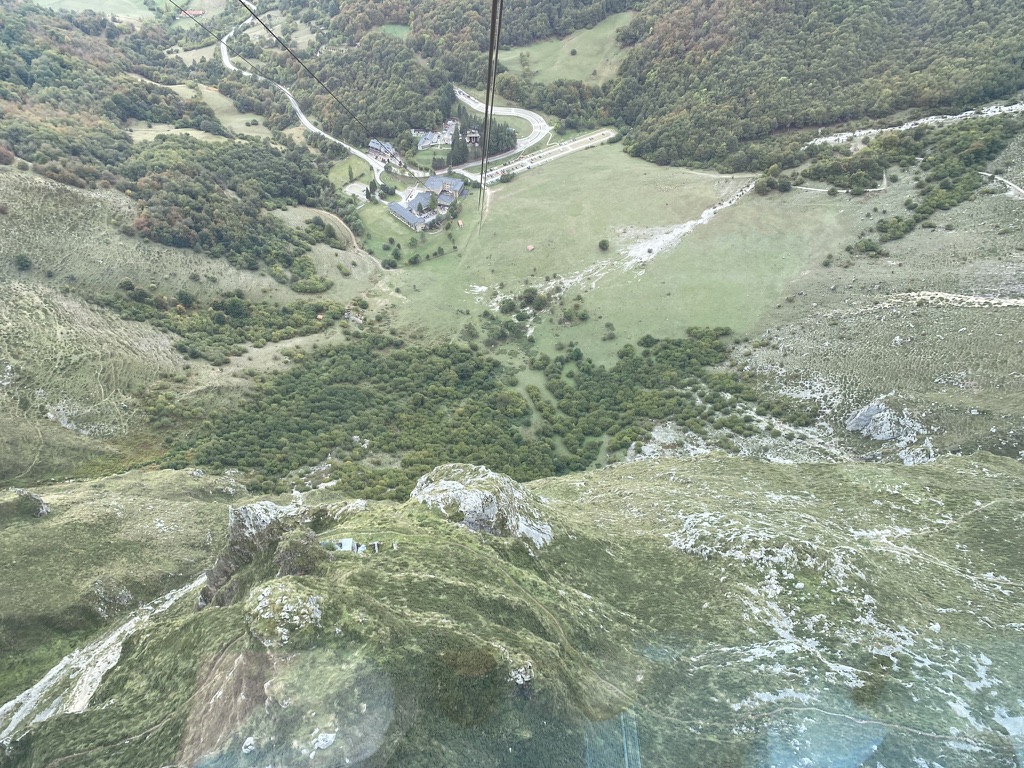 |
| The teleferico takes you up 753 meters in 4 minutes. |
 |
 |
| Doggy getting some altitude. |
 | ||
At the entrance to the funicular.
|
 |
| papparazi! |
 |
| And the final picture. Freja trying really hard not to crack a smile. |
 |
| Driving through the mountains. There was a vertical drop off the passenger side of the car and I had to remind myself to breathe. |
We drove down out of the mountains and continued east to the Rioja region. On the way to Rioja we stopped at this insanely picturesque town, Orbaneja del Castillo, that had a mountain spring running through the middle of town. It created a verdant, lush waterfall that is now a big tourist attraction. We were alone in the village, but immediately encountered a tour bus when we got to the bottom of the waterfall.
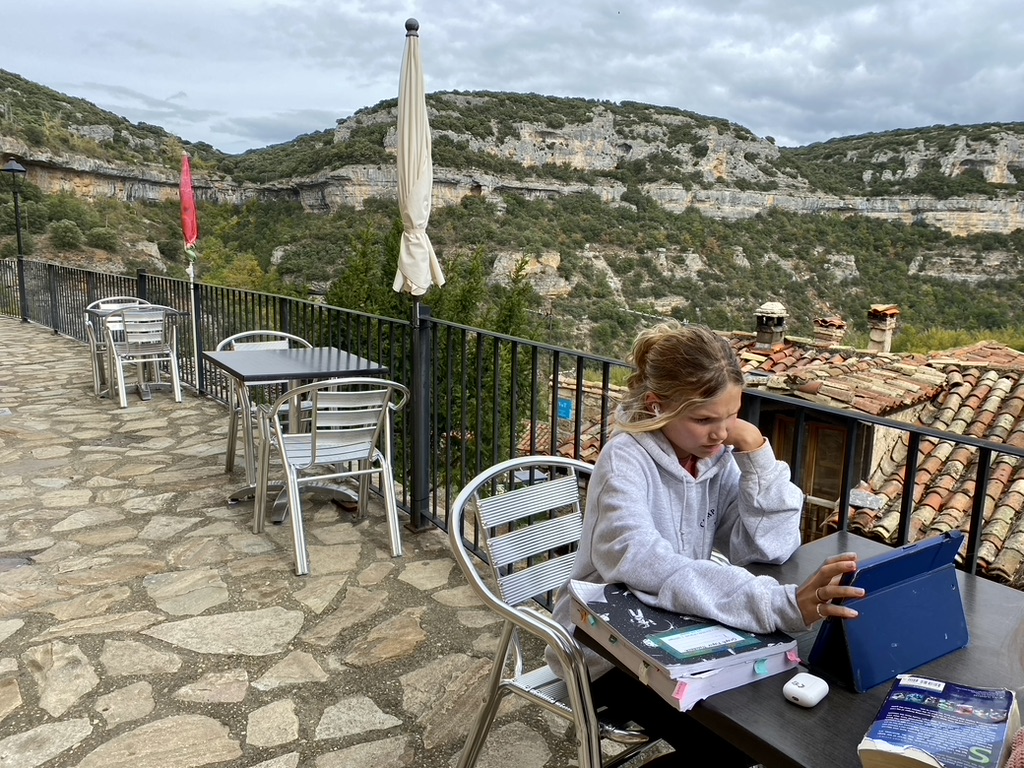 |
| Not a bad spot to do some schoolwork. |
Rioja
We hoped to stop at wineries scattered across the region, but most places were closed. We were in the off-season for tourism. There is a cluster of wineries, however, in the town of Haro so we were able to park the camper and walk from winery to winery, tasting at each one. Definitely the safer option for wine tastings!File this next set of pictures under the heading: do not leave your children unattended at wineries.
Our first campsite in the Rioja region was near a series of irrigation ponds. Random, but still beautiful. It got very windy in the night and I had crazy dreams that the camper was going to tip over and we'd end up floating in the pond.
Lugo
After Haro we had a long drive to get back to the boat and to return the camper. We did a long day of driving, stopping for lunch and to do laundry about halfway. We spent our last evening in Lugo, an absolutely impressively walled city dating back to the Romans, around 300AD. We walked around the entire city on top of the wall and it was easy to transport yourself back in time to the Romans and imagine guarding the city from invaders. Fascinating living history.
We had half a day left of driving to get to the boat. A storm had been raging on the Atlantic Ocean so we drove out to the ocean to see the waves. It was wild! And after talking to the harbor master and other boaters, we were glad to have missed a very stormy, bouncy week at the marina. PW was fine, and, like always, we had a lot of fun off the boat but it's always nice to be back home.




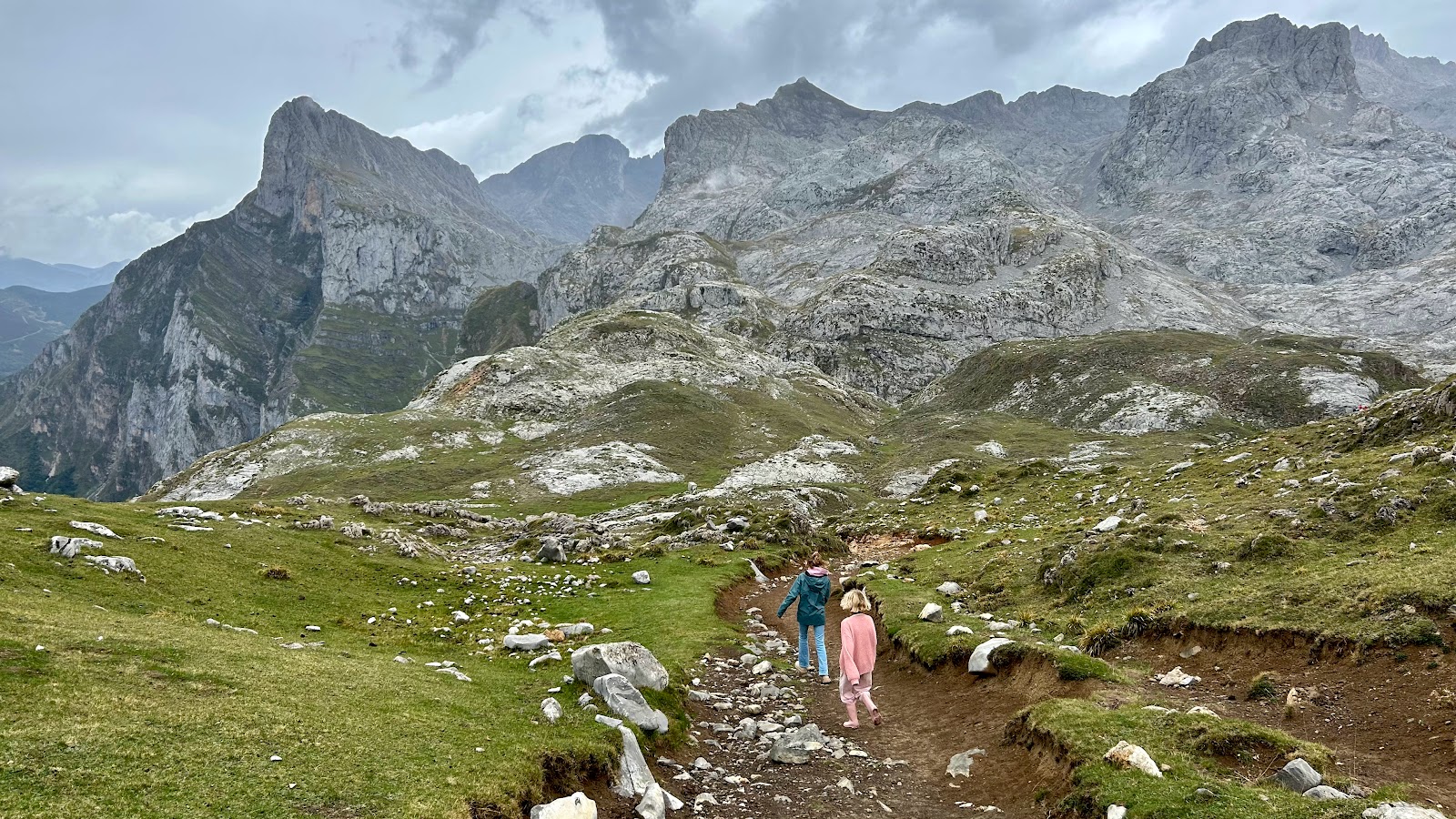


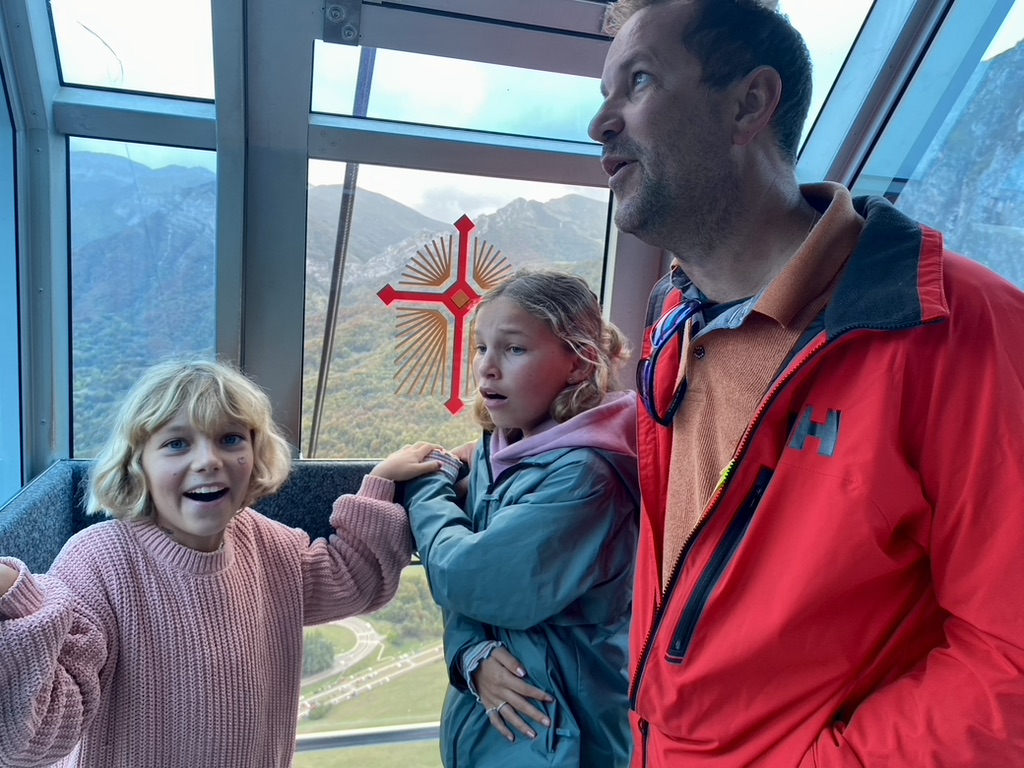







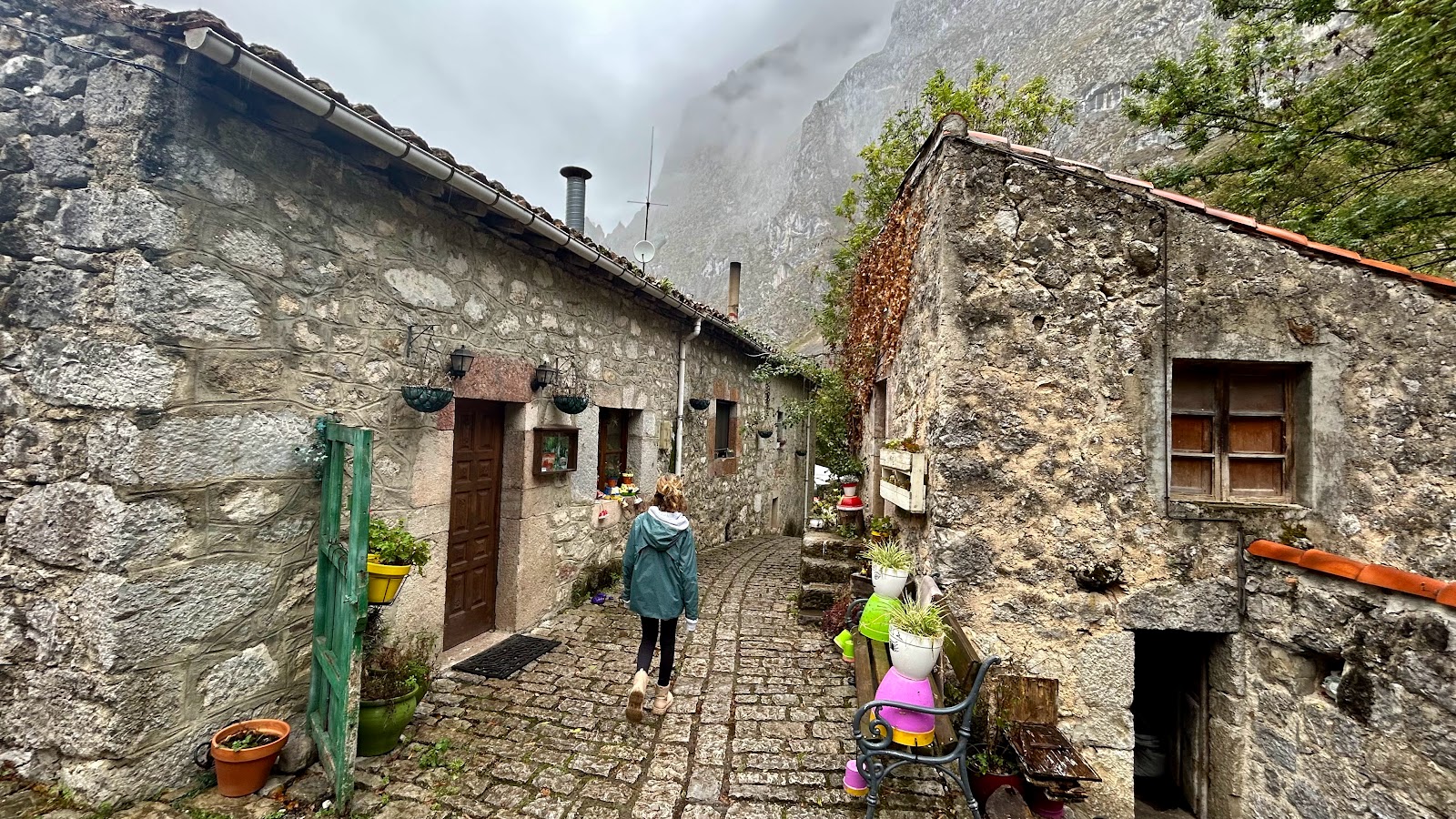



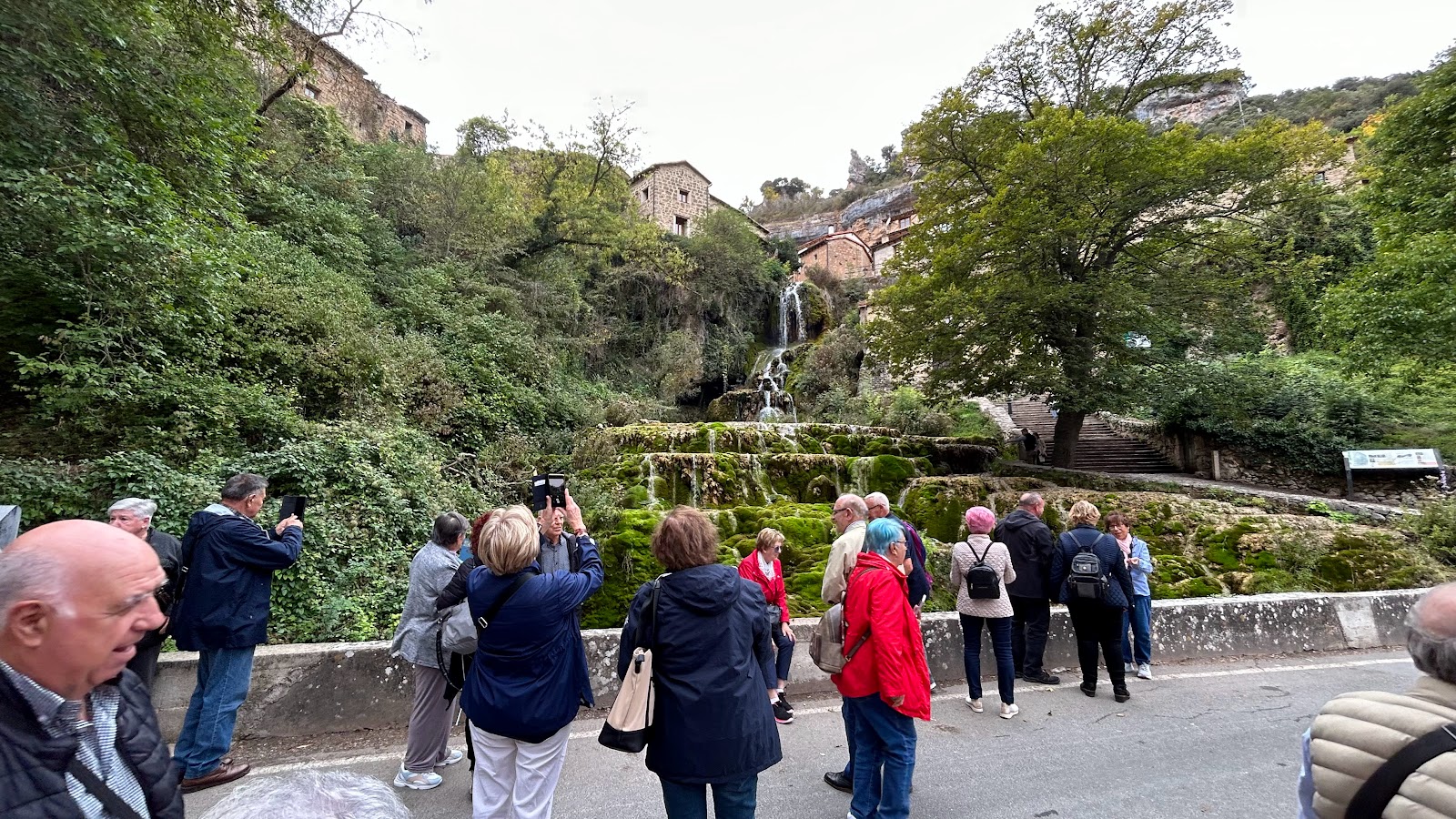






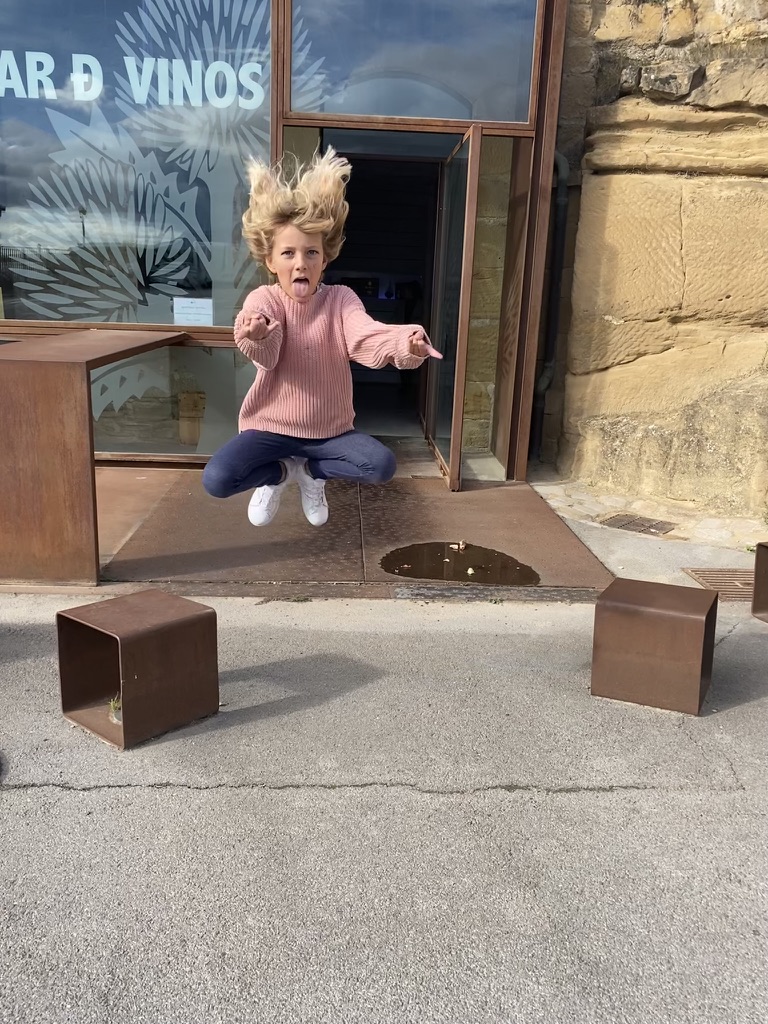






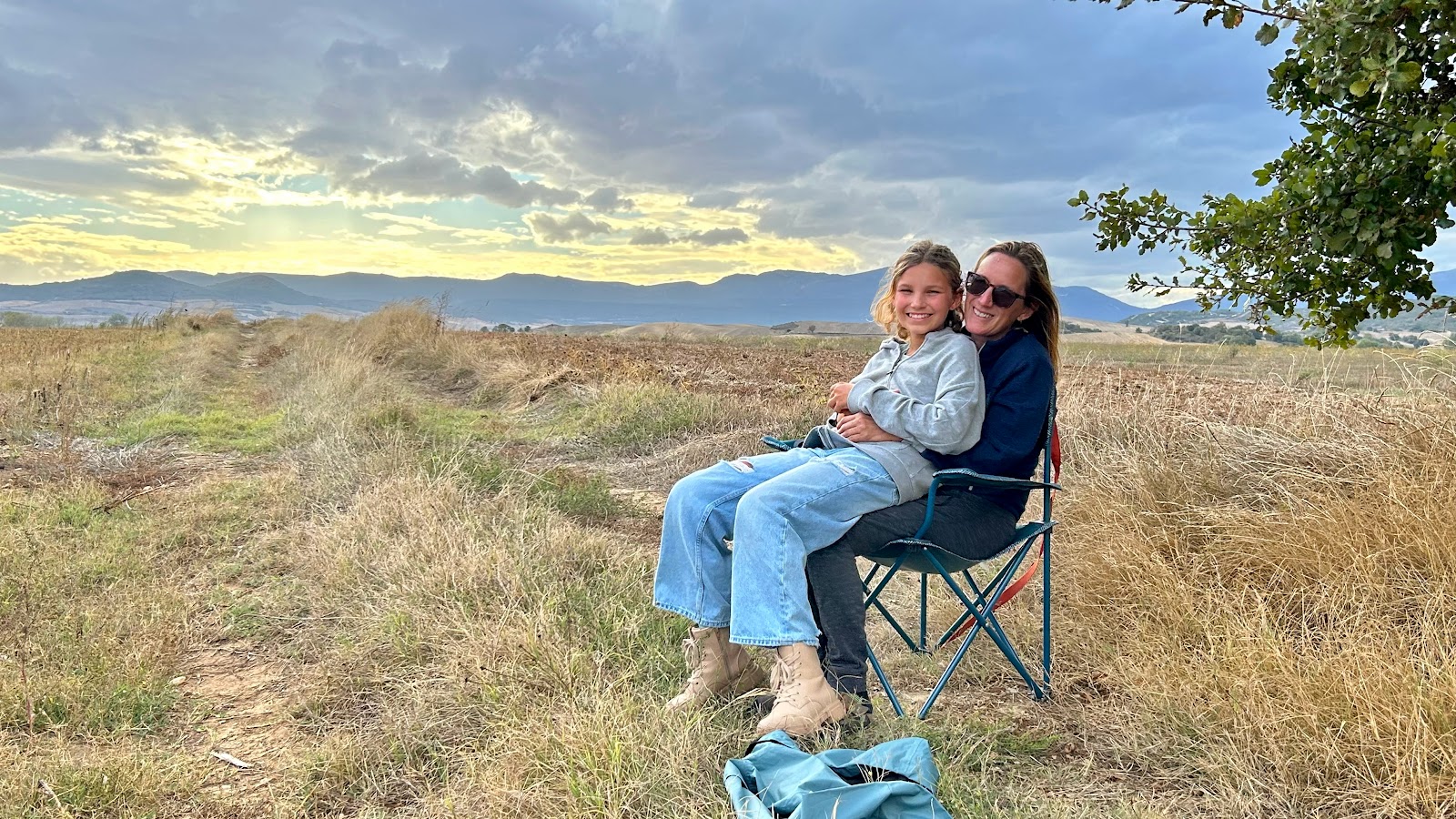
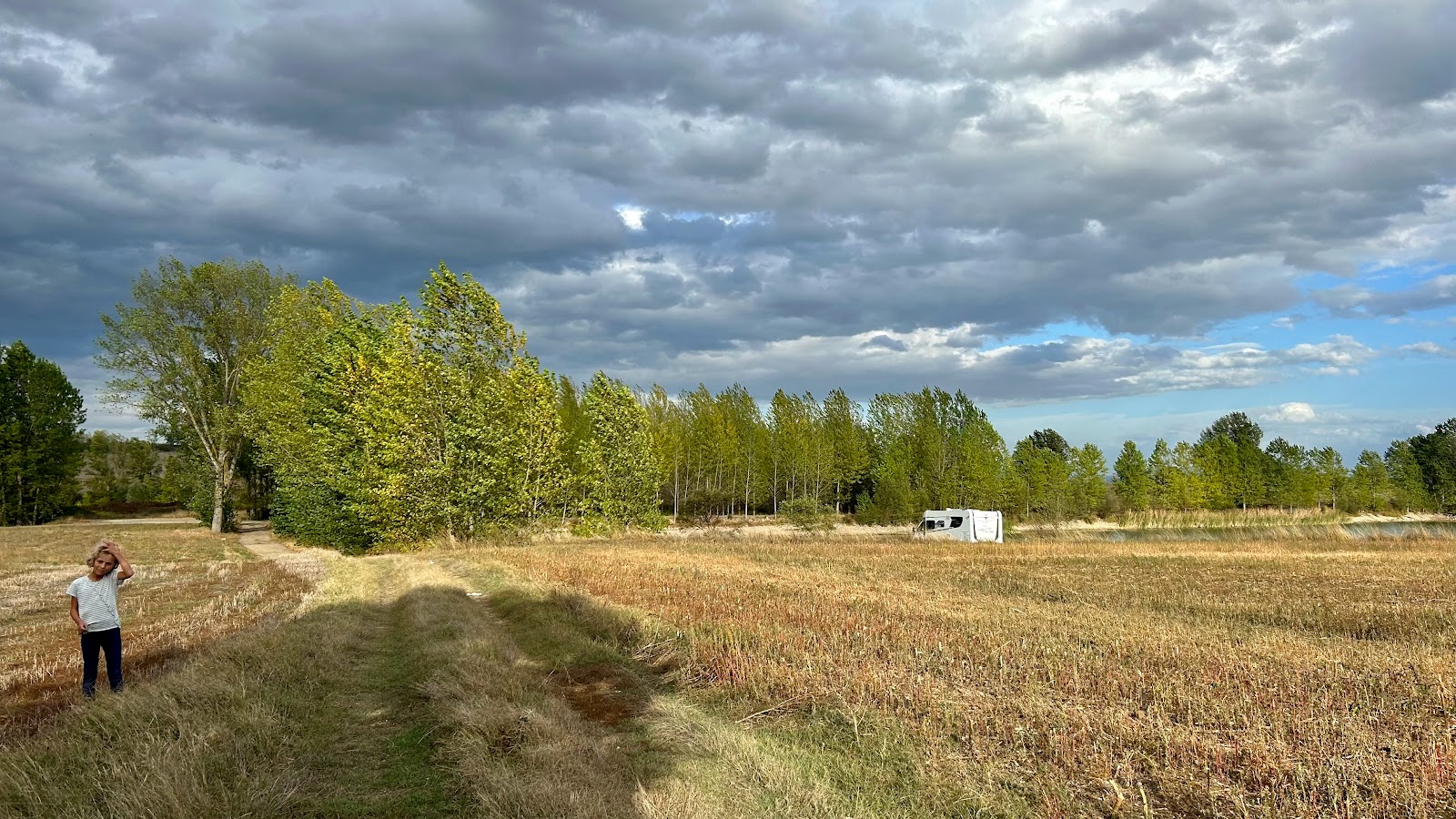

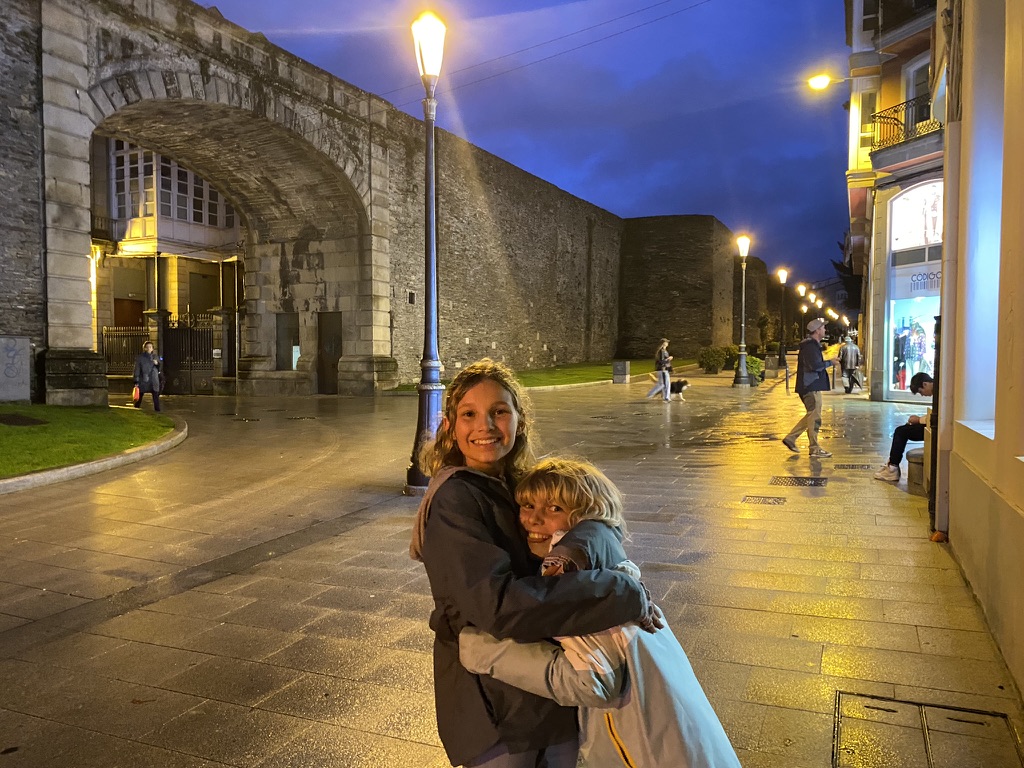

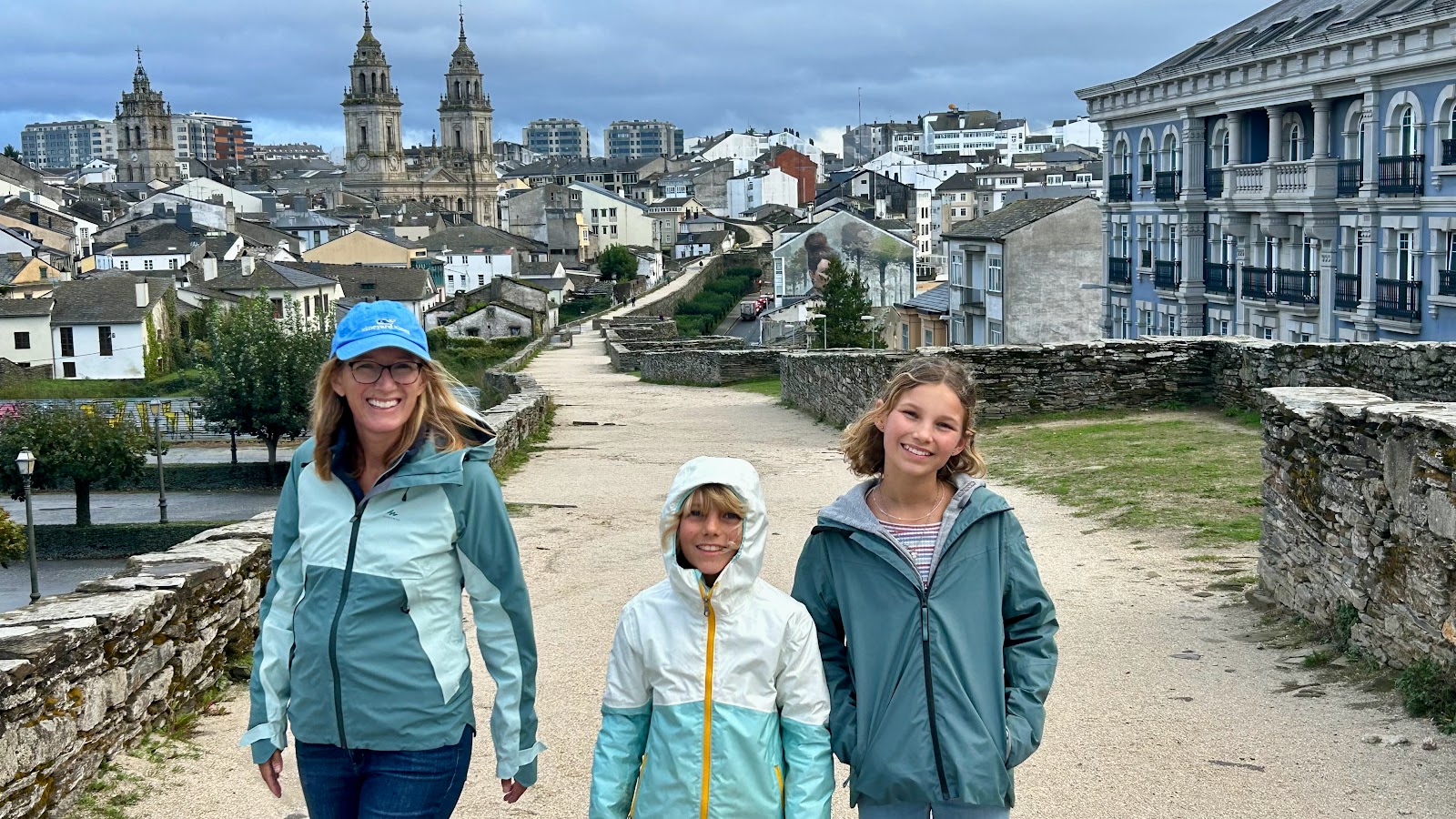







Comments
Post a Comment